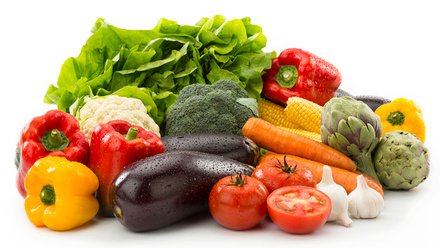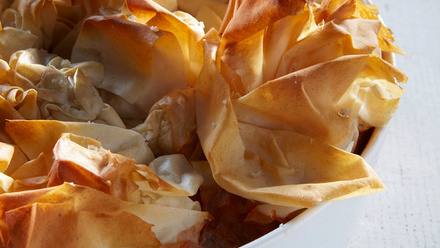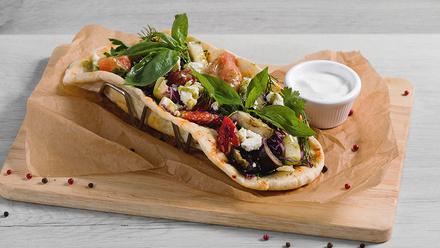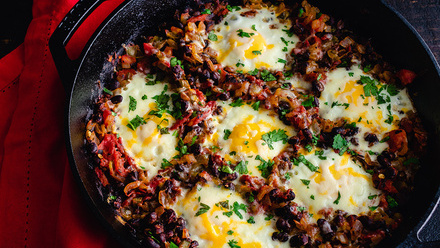Traditionally, this sauce is made using a ‘roux’ method. This recipe explains how to make a quick, one-stage version of the sauce. The secret of making this sauce successfully is to make sure the liquid is completely cold before you begin, or it will go lumpy.
Ingredients
500ml semi-skimmed milk
50g plain flour
50g unsaturated fat spread
Black pepper (optional)
Equipment
Weighing scales
Measuring jug
Knife
Spoon
Small or medium saucepan
Small balloon whisk
Wooden spoon
Pan stand
Instructions
- Put the flour, spread and milk into the saucepan.
- Place the saucepan on the hob and turn on to a medium heat.
- Using the whisk, stir the contents of the saucepan constantly.
- As the milk becomes hot, the spread will melt and the flour will start to mix in with the milk. You will feel the mixture begin to thicken. Use a wooden spoon and keep stirring, making sure to get right into the edges of the pan.
- As the sauce begins to boil, it will become much thicker. Keep stirring and turn down the heat as low as possible so that the sauce simmers gently for 2 minutes.
- Remove the saucepan from the heat and add black pepper to taste (if using).
Skills used include:
Weighing, measuring, whisking and boiling/simmering.
Top Tips
- You can infuse the milk by simmering gently with an onion cut into quarters before using it in the sauce. This will give it more flavour, but you must make sure that the milk is completely cold before you use it to make the sauce, or it will become lumpy.
- If adding cheese always use a strongly flavoured one as you can use less of it.
Something to try next time
Add the following to make different flavours when the sauce has been taken off the heat.
- 50g of grated, mature Cheddar cheese with 1 x 5ml spoon of mustard (this brings out the flavour of the cheese).
- 1 x 15ml spoon of chopped fresh parsley.
Prepare now, eat later
A white sauce will keep in the fridge for up to 2 days. Cover with cling film or damp greaseproof paper laid directly onto the sauce to prevent a skin forming. Reheat over a low heat, stirring often. The sauce can be successfully frozen if part of a dish such as lasagne.







